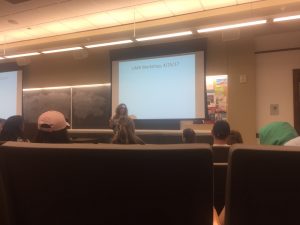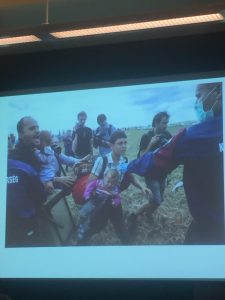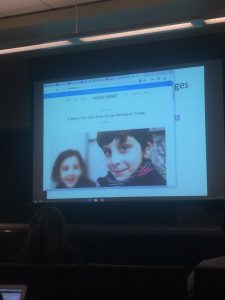History and journalism are very dependent on each other. Journalism is not only how we learn about history but also how we remember history.
In our book “Mightier Than The Sword” by Rodger Streitmatter it gives a list of ten methods that the news media has used while helping to shape our country.
The two traits I found most relevant were “The news organizations that have influenced important events have been willing to set the agenda” and “Journalists who have stood up to the countless villains in American society have often placed themselves in harm’s way”.
I found the first one to be the most accurate especially coming out of an election year. This past year, 99% of the things I learned about the candidates came from all different news sources. How and what the news presented formed my opinions.
The entire time I was reading about the second trait I mentioned, all I could think about are the devastating stories of journalists traveling to places such as Syria to report back to our country and losing their lives.
Journalists are very brave people who do much more for our country than we realize. After taking Journalism 200 I have a new appreciation for journalists and view them comparable to police officers.
In many cases, like we read in our book, journalists put themselves and their lives on the line for the better of our country.
If we didn’t have the system of journalism and the journalists we have today, our country and our history could have been completely rewritten.




